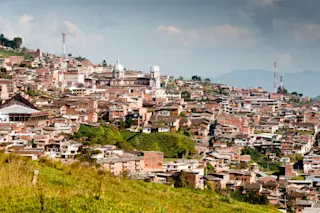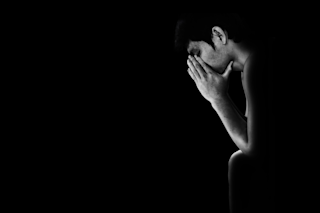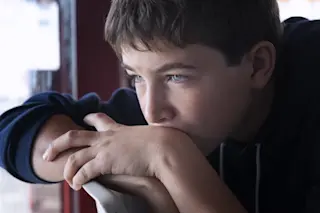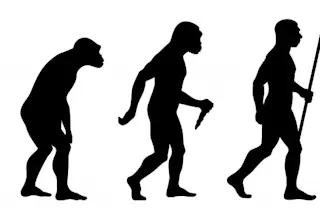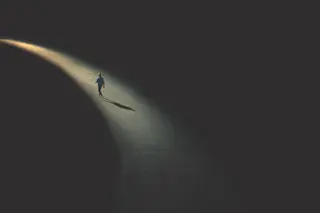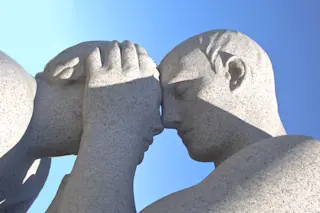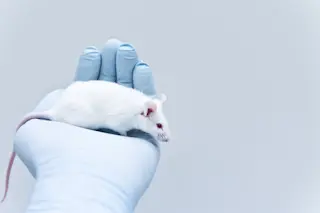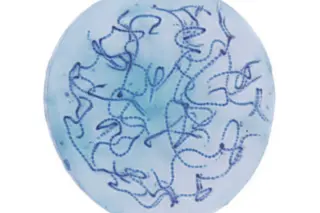A way back, in 1999, the SyFy channel (then called SciFi) show Farscape featured an episode in which the mad genius Nam Tar offered to take DNA samples form our fugitive crew and use it to provide a roadmap back to each of their home planets. Ostensibly, NamTar could trace the mutations in their DNA back to their planetary origins, and, using that data, provide a road map back to their home planets. This was one of those times when a science fiction show's writers had less imagination than reality: Not only can we use DNA to trace back to our origins (though only locally, on this planet); we make art out of it. I heard about artist Lynn Fellman at a talk by Ira Flatow, of Science Friday fame: Working with the University of Minnesota's Urban Outreach/Engagement Center, Fellman sent DNA samples from seven north Minneapolis residents to The ...
DNA Art, from Farscape to Reality
Explore DNA samples and ancestry mapping inspired by Farscape; art merges science in Lynn Fellman's captivating portraits.
More on Discover
Stay Curious
SubscribeTo The Magazine
Save up to 40% off the cover price when you subscribe to Discover magazine.
Subscribe


